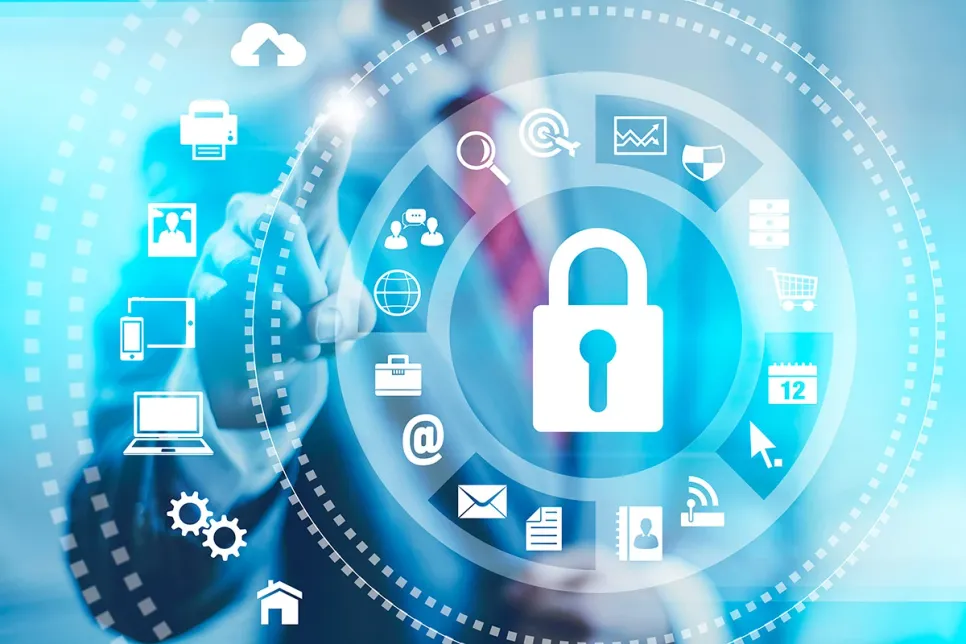Asia Continues to Lead Global Surge in QR Code Payments
The value of QR code payments in Asia Pacific will grow by 300% by 2029, up from $290 billion this year, according to Juniper Research.

By 2025, nearly half of the cybersecurity leaders will change jobs, 25% for different roles entirely due to multiple work-related stressors, according to Gartner. “Cybersecurity professionals are facing unsustainable levels of stress,“ said Deepti Gopal, Director Analyst at Gartner. “CISOs are on the defense, with the only possible outcomes that they don’t get hacked or they do. The psychological impact of this directly affects decision quality and the performance of cybersecurity leaders and their teams.“
Given these dynamics as well as the massive market opportunities for cybersecurity professionals, talent churn poses a significant threat to security teams. Gartner research shows that compliance-centric cybersecurity programs, low executive support, and subpar industry-level maturity are all indicators of an organization that does not view security risk management as critical to business success. Organizations of this type are likely to experience higher attrition as talent leaves for roles where their impact is felt and valued. “Burnout and voluntary attrition are outcomes of poor organizational culture,“ said Gopal. “While eliminating stress is an unrealistic goal, people can manage incredibly challenging and stressful jobs in cultures where they’re supported.“
Gartner predicts that by 2025, lack of talent or human failure will be responsible for over half of significant cyber incidents. The number of cyber and social engineering attacks against people is spiking as threat actors increasingly see humans as the most vulnerable point of exploitation. A Gartner survey conducted in May and June 2022 among 1,310 employees revealed that 69% of employees have bypassed their organization’s cybersecurity guidance in the past 12 months. In the survey, 74% of employees said they would be willing to bypass cybersecurity guidance if it helped them or their team achieve a business objective.
“Friction that slows down employees and leads to insecure behavior is a significant driver of insider risk,“ said Paul Furtado, VP Analyst at Gartner. To confront this rising threat, Gartner predicts that half of the medium to large enterprises will adopt formal programs to manage insider risk by 2025, up from 10% today. A focused insider risk management program should proactively and predictively identify behaviors that may result in the potential exfiltration of corporate assets or other damaging actions and provide corrective guidance, not punishment. “CISOs must increasingly consider insider risk when developing a cybersecurity program,“ said Furtado. “Traditional cybersecurity tools have limited visibility into threats that come from within.“